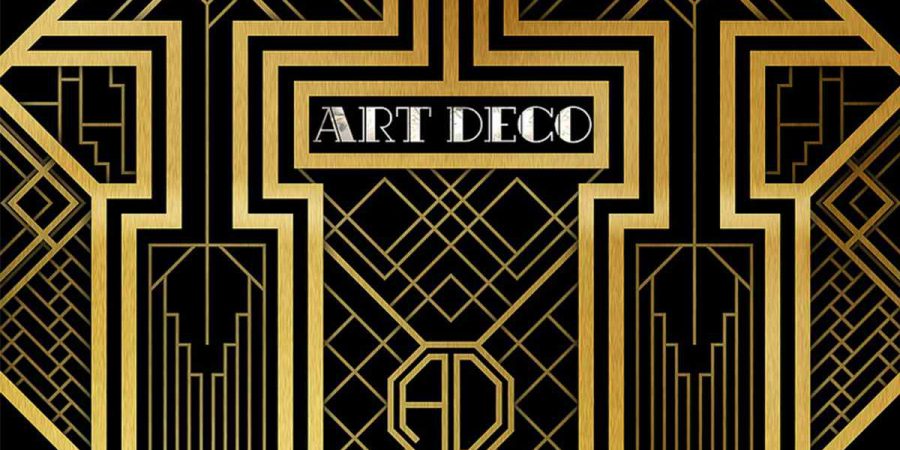ArtXHome is a new series on our blog that explores the relationship between art and home design. Stay tuned for more blogs about the most popular design trends and the influence of high art on their origins.
“Art is a line around your thoughts” – so goes the famous quote from Gustav Klimt, an Austrian symbolist painter. He revolutionized the modern art sphere with this quote, by spearheading secessionist groups such as the Vienna Secession and beginning the era of Art Nouveau, meant to resist the artistic style of the time, academic art. Unlike Art Nouveau, translating to New Art, academic art is characterized by classical elements of earlier eras and resisted any deviation from the widely practiced ways of viewing subject.

Despite initial resistance, Art Nouveau was fully realized by the turn of the 20th century and just like how in the realm of art, no movement is exempt from becoming a source of inspiration for further movements, it also gave rise to many different styles after its introduction. One of them was Art Deco which became popular France in the early 20th century. Today, it’s frequently seen in metropolitan architecture (with the most famous example being the Chrysler Building) and in 1900’s furniture.


Art Deco is also popular in print, particularly as patterns, which are used as inspiration points for home design.


What is Art Deco?
Much of what we consider “modern” today is heavily influenced by Klimt’s revolutionary idea that a line can create dynamism, which is why modern homes usually underline the continuity of the line with repetitive or stacked block forms, as well as sinuous intertwined patterns. Art Deco is distinctly recognizable because it superimposes the idea of glamour on the otherwise muted palette of the modern style, much like the items below:





The classic Art Deco piece balances between somewhat contradictory realms of luxury and progressively modern. Some examples in home decor:




An easy rule of thumb to follow when identifying Art Deco is looking for bold, distinctly modern elements that are emphasized with luxurious adornments.
Principles of Style
Klimt’s obsession with the line stemmed from his need to portray the realest version of his subjects, devoid of stylizing. In other words, he fought against deviating from what he sees and sought to capture movement, the hardest element in art, in its organic state, which makes him as important to the generation of modern art as Da Vinci is to classical art. This principle can be seen in the following items:




However, Klimt was not technically part of the Art Deco movement, which began after him and was spearheaded by various different artists, one of whom was Rene Lalique, a French glass designer. You can observe the deviation from Klimt’s original mantra for Art Nouveau in the way that Lalique adorns with classically luxurious elements such as exaggerated curvatures and the stacking of lines.


Fun fact: Scully and Scully carries items from Lalique, a luxury crystal manufacturing company , that originally started as a glass manufacturing company by Rene Lalique. Art meets home design, indeed!
Art Deco is as dynamic and at times, as contradictory as its origins. The central focus of the movement was to blend glamour and modernity, a desire that stemmed from the social context of the early 1900’s, when the economic boom combined with the prospect of the First World War, gave rise to a distinctly disillusioned and juxtaposing culture. We now know the era to be the Roaring Twenties and many films of that period, as well as some photographs, attest to the popularity of Art Deco during that time.
The enduring popularity of Art Deco can be attributed to its beauty, its bittersweet history and the fact that it remains as one of the most stylish eras of the millennium. Browse our selection on our website under Design Trends for more inspiration to create the perfect home in the Art Deco style.
